South Korea-U.S. Trade Talks Deadlock, Need for ‘Strategic Delay’ over Swift Resolution
Input
Modified
Dispute over U.S.-bound investment fund structure Risk of industrial collapse if Washington’s terms accepted China deploys ‘delay strategy,’ tariff suspension until November

South Korea’s trade negotiations with the United States have reached an impasse, as the two governments clash over the implementation details of Seoul’s $350 billion U.S.-bound investment package. Washington is pressing for a “Japanese-style” structure in which the U.S. controls investment allocation and retains 90% of profits, while Seoul resists on grounds that such terms would jeopardize currency defense and precipitate industrial decline. Officials and experts alike caution that a rapid deal does not necessarily serve national interests, urging deliberate review and strategic patience.
Talks remain unresolved
On September 16, Yeo Han-koo, South Korea’s Trade Minister, met his counterpart Jamieson Greer, Deputy U.S. Trade Representative, in Washington, D.C. The meeting followed Industry Minister Kim Jeong-gwan’s talks with Commerce Secretary Howard Lutnick from September 11 to 14, underscoring the high-level push for agreement. Both sides had reached a broad framework accord on July 30, reaffirmed during the White House summit between Presidents Yoon Jae-myung and Donald Trump on August 25. Yet differences over execution details have prevented a final settlement.
Central to the deadlock is Seoul’s $350 billion investment package, whose structure remains contentious. Washington insists on a Japanese model whereby U.S. authorities would determine investment destinations and appropriate 90% of returns. Seoul rejects this, warning of severe macroeconomic repercussions. “The devil is in the details,” Yeo said, stressing that negotiations remain intense at the granular level.
Experts warn that when combined with an additional $150 billion in direct corporate investment, the total $500 billion outflow could trigger not only a currency crisis but also deindustrialization at home. Seoul has floated the option of an unlimited currency swap arrangement with Washington as a safeguard, but analysts argue that even such a measure could not forestall the erosion of domestic manufacturing. Data show that during the surge in outbound FDI between 2015 and 2024, manufacturing’s share of both employment and value added in Korea steadily declined.
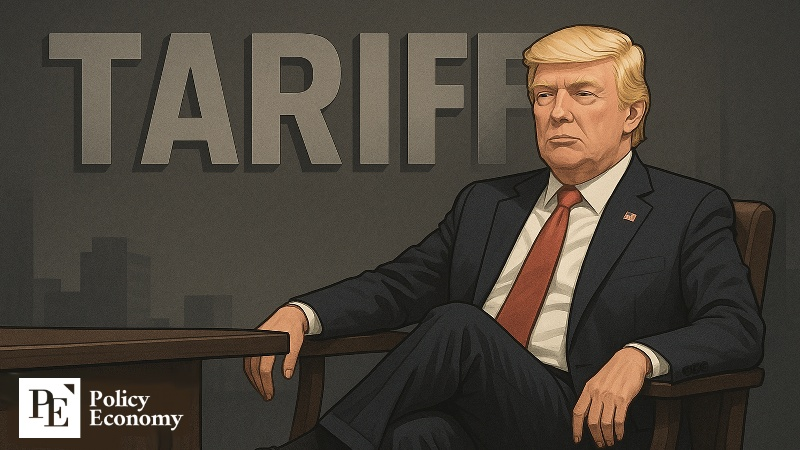
Escalating pressure tactics
Tensions have sharpened. On September 4, U.S. Immigration and Customs Enforcement (ICE) raided the Hyundai–LG Energy Solution joint plant in Georgia, detaining some 300 Korean workers. Though released after eight days, the move was widely interpreted as coercive leverage tied to tariff talks. President Trump dismissed the episode as “ICE doing its job,” but the timing suggested calculated pressure. On September 11, Secretary Lutnick declared, “Korea must accept the deal or face a 25% tariff. No further flexibility will be offered.”
Analysts warn against hasty concessions. They note that speed does not guarantee benefit, citing Japan’s experience as cautionary precedent. The 1985 Plaza Accord forced a sharp yen appreciation, eroding Japan’s export competitiveness and fueling the asset bubble. Similarly, the 1986 and 1991 U.S.-Japan semiconductor pacts compelled Tokyo to cede 20% market share to foreign firms under U.S.-dictated price controls, a blow from which Japan’s chip industry never recovered. Most recently, Japan’s September 4 trade pact left Washington with authority over $550 billion in Japanese investments, with national financial institutions on the hook if the fund fails to repay—a deal critics already label a strategic defeat.
China leverages delay strategy
China, meanwhile, is actively exploiting a delay strategy in its talks with Washington. Leveraging its consumer market strength, supply chain dominance, and rare earth export controls, Beijing is seen as negotiating from a position of relative strength. While the Trump administration seeks sweeping concessions tied to political and security issues, Beijing has confined its commitments to short-term measures, dictating the pace of talks. U.S. tariff actions have been suspended until November, leaving existing duties intact but effectively creating a truce.
Bloomberg observed that the “trade war between the world’s two largest economies has entered a prolonged ceasefire,” noting that President Trump is eager to strike a deal with Xi Jinping but progress remains stalled. “Unlike during Trump’s first term, Beijing is in no hurry, instead deploying its negotiating leverage to delay,” Bloomberg reported, questioning whether either side can achieve a durable settlement.
Beijing also recognizes that U.S. companies cannot easily decouple from Chinese consumers or industrial supply chains. Regulators in China have opened an anti-dumping probe into American semiconductor firms, following guidance that domestic buyers avoid Nvidia products on security grounds. Though such restrictions could hurt China’s own AI and manufacturing industries, Beijing seeks to demonstrate confidence in its indigenous technology base.
The political environment is less favorable for Washington. U.S. employment and investment data have deteriorated, underscoring policy strains. Bloomberg noted that “recent polling trends are turning against President Trump,” raising anxieties ahead of next year’s midterm elections. A potential Supreme Court ruling upholding lower court findings against reciprocal tariff policies adds further risk. With Xi Jinping under less immediate pressure, it is Trump who faces the greater urgency to secure a positive outcome.



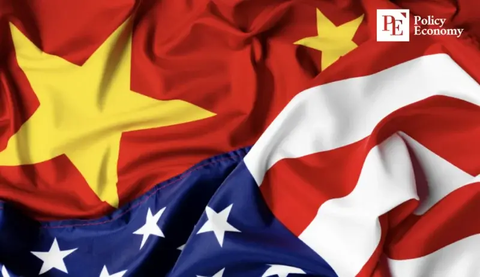
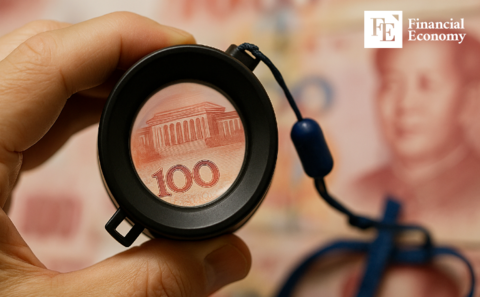



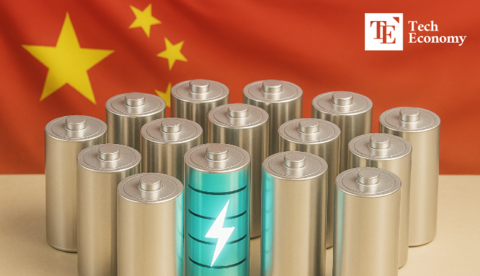
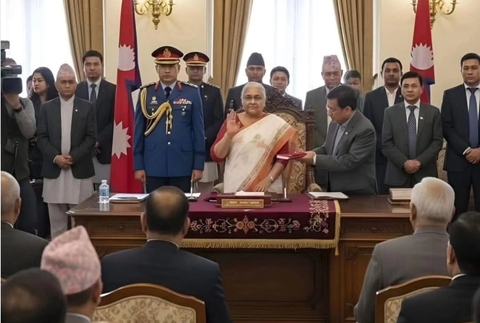












Comment